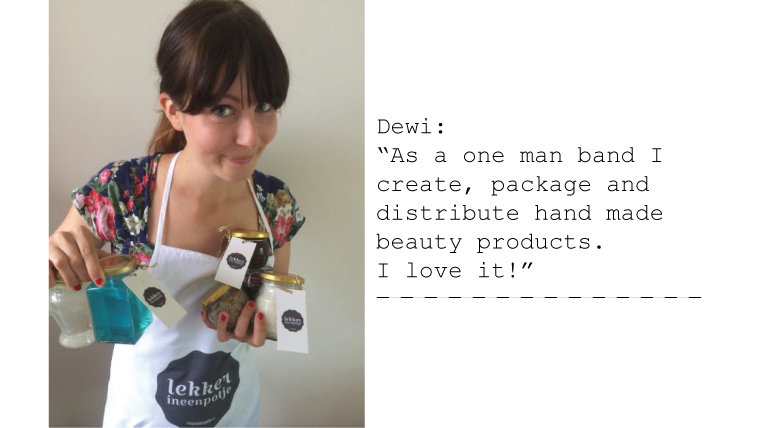With summer’s warmer weather, we use different consumer products to help us beat the heat and enjoy outdoor activities. But despite the assumption of product safety, new and existing studies point out that common ingredients still used today may not be the best for our health.
Before you take advantage of everything summer has to offer, take stock of the products you’re using and make a conscious effort to avoid these three ingredients.
- Check your bathroom/bedroom for talc-based products.
Baby powder, deodorants, and other hygiene products become necessities when you’re outside in hot weather. Even though they’re great options for wicking away sweat and keeping you dry, be sure to double-check the ingredients. Johnson & Johnson is enmeshed in thousands of legal claims after its talc-based Baby Powder and Shower-to-Shower Powder was linked to ovarian cancer. 22 of 36 studies undertaken over the past five decades have shown a possible link between the mineral and cancer, yet the FDA does not currently regulate talcum powder in our cosmetic products.
If you check your health and beauty aids and discover that talc is a listed ingredient, don’t panic. Consider switching instead to talc-free options that are now being offered by many brands.
- Check your medications for phthalates.
Phthalates can be found in products such as food containers, shower curtains, and children’s toys. Used to make plastic more flexible, the chemical is also present in medications as polymer barriers to prevent early disintegration of the drug in our stomachs. Antidepressants, aspirin, and even dietary supplements may use phthalates during production.
Studies link phthalate exposure to birth defects in children, cancer, and hormone disruption, which in turn has sparked legislative efforts to ban the inclusion of the chemical in children’s toys. However, there is no such ban in place for phthalates in medications. Regulatory information only recommends, rather than enforces, that phthalates be avoided as inactive ingredients.
If you’re taking medications that are “enteric coated” or “time release,” ask your pharmacist if the drug contains phthalates. They may be able to suggest a phthalate-free option. For over-the-counter drugs, check the label for any listing of “phthalates” as an inactive ingredient.
- Check your sunscreen for oxybenzone.
Did you know that more people are diagnosed with skin cancer each year than all other cancers combined? By the age of 70, one out of five Americans will be diagnosed, so preventative efforts are now more important than ever. Wearing sunscreen should be a major part of your daily routine all year round. Before you lather up, check to see if oxybenzone is listed as an ingredient.
Oxybenzone is an organic compound used as an active ingredient in sunscreens because of its effectiveness at blocking harmful UV rays. Although it’s still used in a majority of non-mineral sunscreens, the Environmental Working Group highlights the ingredient as the most worrisome. Studies associate oxybenzone exposure to infertility, allergic reactions, and newborn developmental concerns.
Hawaii recently passed legislation banning the use of oxybenzone in sunscreens because of its role in destroying coral reefs. According to a 2015 study, just one drop of sunscreen is enough to damage the corals.
Although you shouldn’t skip sunscreen altogether, check its ingredients for oxybenzone and make the switch to a safer alternative.


